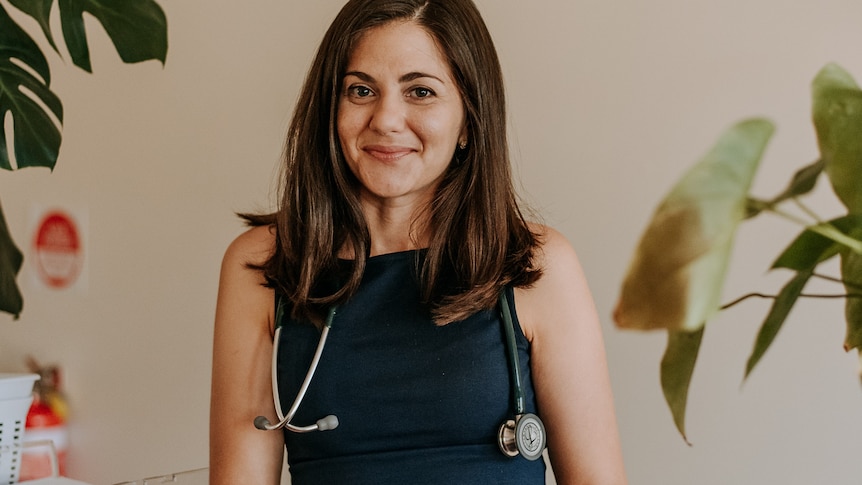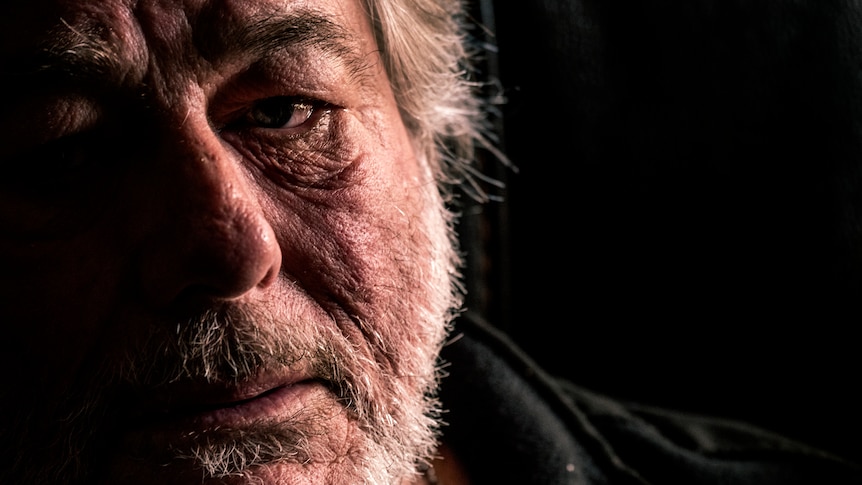For two years, Sarah McLay has dipped into her personal savings, sacrificed a take-home wage and run her central Queensland medical practice at a loss of “several hundred thousand dollars”.
Key points:
- A 2021 survey of 846 GPs found 47 per cent of female GPs’ weekly consultations involve mental health
- RACGP is urging the federal government for more equitable rebates for mental health-related appointments
- Federal Health Minister Mark Butler says the Strengthening Medicare Taskforce will examine potential rebate increases
Regardless of the hours Dr McLay worked or the patients she saw, the numbers did not stack up.
“We were really subsidizing the public’s health care,” Dr McLay said.
“Nothing is ever truly free. Everything costs someone something.”
Most patients probably don’t think about the finances of a medical clinic — and that’s provided you can get into the waiting room in the first place.
Yet financial strain is part of a hidden toll that Dr McLay and other general practitioners say is disproportionately affecting women and adding to skills shortages as burnt-out doctors leave the profession.
A financial and emotional gender disparity has emerged because female GPs tended to see more patients needing longer consultations.
“Yes, I did medicine because I wanted to help people, but I can’t change the reality that our Medicare rebate is actually completely inadequate to pay our bills,” Dr McLay said.
“I can’t keep sacrificing and suffering because the government doesn’t value what we do.”
Short appointments more lucrative
General practitioners across the board have reported struggling to provide care with Medicare rebates that have not increased with inflation.
Louise Stone, a Canberra GP and medical educator said short consultations received a higher rebate per minute than longer appointments.
Dr Stone said she would “earn four times as much” doing back-to-back vaccination appointments than a 40-minute consult for someone with mental health or chronic physical conditions.
Added to this, Dr Stone said GPs were also facing long wait times to find patients specialized help above the mental health help they were trained to deliver.
“This is what I hear from other GPs around the country: the patients that you carry home in your head and worry about, there’s only so long you can do that before it starts to impact your health and wellbeing when there’s a lot we can’ t do,” she said.
“Living with that stress of watching patients that we do care about not being able to get the services they need, eventually that burns you out much more than working hard.”
A 2021 survey of 846 GPs by the General Practice Mental Health Standards Collaboration came to similar conclusions.
The survey found while male GPs do 49 per cent of all consultations involving mental health, it only accounts for 32 per cent of their weekly consultations.
This is compared to 47 per cent of female GPs’ weekly consultations involving mental health.
“Female GPs, therefore, have the potential to feel the pressure on their time, income and emotional wellbeing more acutely,” the report stated.
‘Many general practitioners feel the same way’
For Rockhampton-based Vicki Richmond, the only way to avoid the “enormous” personal demands of general practice was to work part-time.
“Over the years, I think, I’ve often felt that it was a personal weakness on my behalf,” she said.
“Why couldn’t I cope? Perhaps it was something about me.
“More recently, I’ve recognized that, actually, my experience is not mine alone and that many, many general practitioners feel the same way.”
Dr Richmond said more recognition of the issue was needed.
“To feel every day like you’re not able to actually achieve what needs to happen because of all those other pressures, let alone my own pressures of needing to get home and get dinner on the table and pick up my kids from school,” she said.
“It is a lot to carry, isn’t it?”
Mounting debt for doctors
For Dr McLay, who owns her own practice in Clermont, reducing her hours was not an option.
The only solution she saw for the growing financial hole and mounting pressure was to be frank with her community.
Dr McLay recorded a video and shared it on Facebook, explaining why the clinic could no longer bulk bill appointments.
The reaction was mixed.
Dr McLay said some colleagues warned her to stay quiet and avoid seeming “greedy”, while some community members explained they did not have the money to pay up-front.
But she said most people had a new appreciation for and understanding of the system.
“It’s heart-wrenching because you just want to say, ‘Sure’… but, ultimately, if we keep going like that, we’ll have to shut this business,” she said.
“Then this town will have no permanent doctors.”
Calls for equitable rebates
The Royal Australian College of General Practitioners (RACGP) is calling on the federal government to create more equitable rebates for mental health-related appointments.
RACGP rural chair Michael Clements said this would help GPs while giving patients better access to care and reduce pressure on hospitals.
Federal Health Minister Mark Butler said the average out-of-pocket cost for GP services had risen 60 per cent over the past decade.
In a statement, Mr Butler said the government had committed to investing almost $1 billion, which included the Strengthening Medicare Taskforce to examine potential rebate increases and other improvements.
GP practices can also apply for funding to improve equipment and staff skills as part of a $220 million grant program.
While both Dr McLay and Dr Richmond admit there is no quick fix, both believe seeing the human beneath the profession goes some way towards helping GPs feel valued.
“No one goes through the gut-wrenching, challenging experience of university, and then all the special training afterwards because they want money,” Dr McLay said.
“We all got into medicine because we care about people, and we care about outcomes.”
.

